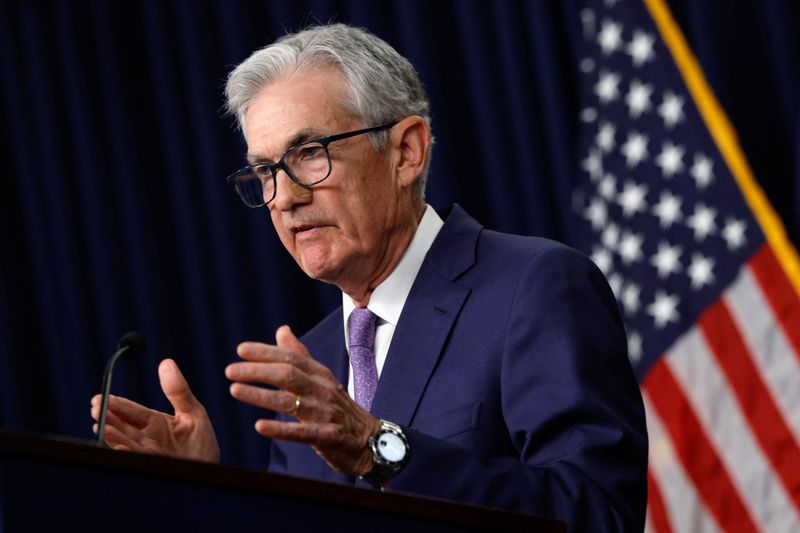Follow us on LinkedIn
The VIX is an index that measures the volatility of the S&P 500. It is often referred to as the “fear index” because it spikes when investors are worried about the stock market. The VIX is calculated by using options prices, which are a way to bet on future stock market movements. When the stock market is volatile, options prices go up, and the VIX goes up too.
The VIX is an important tool for investors because it can help them understand how risky the stock market is. When the VIX is high, it means that investors are worried about a potential stock market crash. If you’re thinking about buying stocks, you might want to wait until the VIX goes down before investing.
It’s well-known that there exists a negative correlation between the S&P500 and VIX. That is, when the stock market is doing well, the VIX is low, and vice versa. However, this relationship is not always stable. For example, during the dot-com bubble of the late 1990s, the VIX actually rose even as the stock market was going up. This showed that investors were starting to get worried about a potential stock market crash, even though the stock market was still going up.
Reference [1] proposed a trading strategy based on the breakdown of the S&P500/VIX correlation,
It can be theorized, that in a scenario, where the option market is pricing a heightened drawdown risk via increased implied volatility, but negative returns have yet to occur, then one should be looking to short the market. The signal is therefore formulated to trigger in scenarios on which the negative correlation between the two indexes (S&P500 and VIX) is broken and they exhibit positive correlation. Therefore, the test setup includes looking for a day or two consecutive days with positive co-movement in the VIX and the S&P 500 (SPX) and then setting the transaction date a day after that or in the close of the chosen date. The purpose is to examine if there are scenarios, where the market fails to price in the volatility risk correctly and investor can benefit from this sequence of events.
The proposed trading strategy beat Buy and Hold in terms of risk-adjusted return. We find that this strategy has its merits and is worth further investigation.
References
[1] Tuomas Lehtinen, Statistical arbitrage strategy based on VIX-to-market based signal, Hanken School of Economics, 2022
Further questions
What's your question? Ask it in the discussion forum
Have an answer to the questions below? Post it here or in the forum





Storms moved into Indiana and Michigan later Monday night, prompting additional alerts including multiple tornado warnings in Indiana.